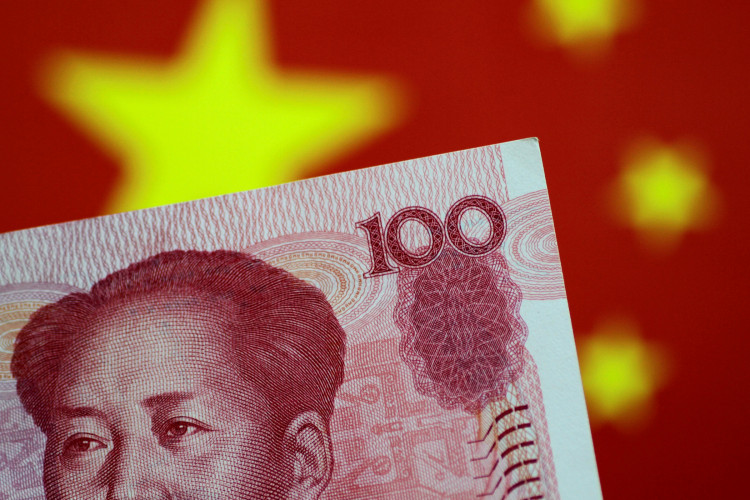In a move to bolster the yuan, the People's Bank of China (PBOC) announced its decision to reduce the foreign exchange reserve requirement ratio for financial institutions. This marks the first such reduction this year and the third in its history.
On September 1, the PBOC stated that, to enhance the utilization capacity of foreign exchange funds by financial institutions, the foreign exchange reserve requirement ratio would be cut by 2 percentage points, from the current 6% to 4%, effective from September 15, 2023.
Following the announcement, the yuan strengthened, successively breaking through the 7.26, 7.25, and 7.24 marks, rising over 350 points during the day to reach its highest level since August 11.
This is the first time the PBOC has lowered the foreign exchange reserve requirement ratio this year. The last reduction was on September 15, 2022, when it was cut from 9% to 8%.
Lowering the foreign exchange reserve requirement can release more foreign currency supply, affecting the supply and demand in the interbank foreign exchange market.
Yuan's Performance
Since May, the yuan has faced significant depreciation pressures. The PBOC's Monetary Policy Implementation Report for Q2 2023 revealed that in the first four months of the year, the yuan remained relatively stable against the U.S. dollar, appreciating by 0.6% in aggregate. However, various domestic and international factors intensified the depreciation pressure on the yuan in May. These included fluctuating expectations of the U.S. Federal Reserve's interest rate hikes, geopolitical risks, and seasonal foreign exchange demand.
Experts believe that while recent fluctuations in the yuan's exchange rate have increased, they align with domestic short-term fundamentals and market supply and demand. The market hasn't shown signs of panic, and these movements are considered normal market fluctuations.
Guan Tao, Global Chief Economist at Bank of China Securities, stated that with the support of macroeconomics, international payments, and foreign exchange reserves, the yuan's exchange rate won't see a one-sided market trend. Moreover, the flexibility in the exchange rate has paved the way for implementing an independent monetary policy.
Throughout the year, the market has remained calm despite the yuan breaking through traditional key levels. Wen Bin believes that the stable operation of the domestic foreign exchange market in the first half of the year indicates that as China's financial sector continues to open up, the foreign exchange market is becoming more resilient and mature. Under these circumstances, as the economic recovery momentum gradually improves, the yuan's exchange rate is likely to stabilize.
Regarding the future trend of the yuan exchange rate, Wang Qing, Chief Macro Analyst at Orient Securities, mentioned that the U.S. Federal Reserve's interest rate hike process is nearing its end, and the depreciation pressure on the yuan will likely ease in the second half of the year. Furthermore, the PBOC has a rich toolbox of stable exchange rate policies, including foreign exchange risk reserve ratios and cross-border financing macro-prudential parameters. If necessary, the central bank will take timely action to guide market expectations and curb the "herd effect" in the foreign exchange market.






